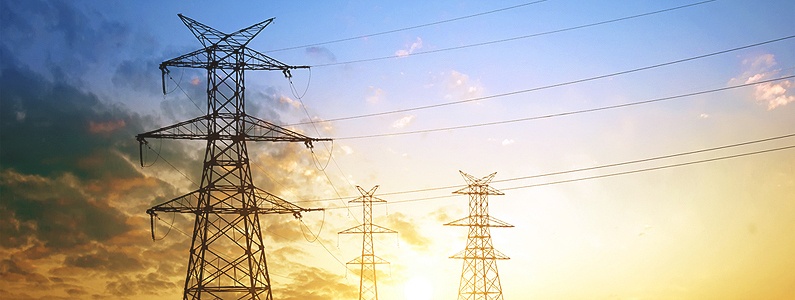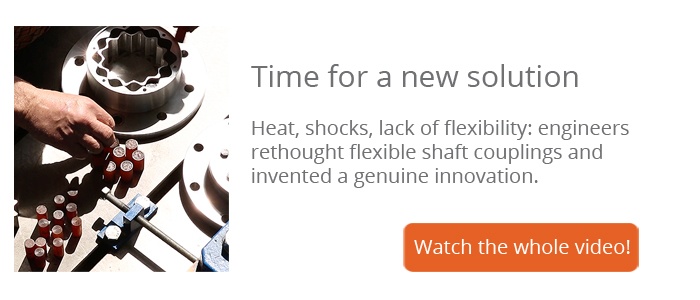Combined Heat and Power Units Assist in Securing Grid Stability, which particularly Challenges their Gensets

The amendment to the obligatory certification within the medium voltage guideline in 2013 catapulted combined heat and power units into a new league: they are now also in charge of stabilizing the dynamic German power supply network. This provides excellent opportunities for the technology, but it also means new obligations.
Before the medium voltage guideline was applicable to combined heat and power units (CHP), these units had to be taken off grid in the event of a failure. The failure mainly affected direct consumers of the CHP current. However in case of failure in the transmission grid a whole region could have been affected.
Since the amendment to the obligatory certification of the medium voltage guideline 2013, CHPs contribute to securing the stability of the dynamic power grid. This means that they are now likewise responsible for ensuring that the German power grid remains stable and online within defined voltage limits and as failsafe as possible.
The driving and driven elements are particularly stressed in the case of a grid failure
This changed the demands made on CHP units. The voltage and frequency ranges got larger and the deliverable effective power varied extremely in the case of a failure. “The Fault-Ride-Through (FRT) is the biggest challenge,” explains Gunnar Kaestle, member of the board of Bundesverband Kraft-Wärme-Kopplung e.V. (German CHP Association).
“For example, if a short circuit causes voltage dips in the grid, the units must be able to cope with this for at least 150 millisecondsto pass through the fault. The assumption: During this time, the component being responsible for the short circuit has been identified and shut off – and the failure has been sorted out.”
Therefore, in the event of a voltage dip, the effective power cannot longer be released into the grid. The CHP power unit accelerates, yet the CHP must be able to remain connected and stable without a loss in synchronicity when voltage recurs. In order to satisfy these requirements, the design of CHP units has changed.
“For instance, the size of the generators had to be increased”, says Kaestle. “This in turn was a challenging task for the developers with respect to the drive line.”
As the unit has to persevere in case of voltage dip and recurrence, this mainly stresses the input and output elements during service. The biggest hazard for diesel-engine operated CHPs: acute or gradually developing damage due to torque peaks.
Highly flexible couplings are dependable solutions for CHPs
To minimize these hazards and to ensure safe operation of their plants, both unit and plant manufactures rely on highly flexible couplings that have a particularly soft characteristic curve. The objective is to reach a torsional angle as large as possible at torque while shifting the natural frequency to uncritical ranges. The operational smoothness thus attained, even if peak torques occur, increases the safety and service life of the CHPs – as a unit and as a plant.


Comment